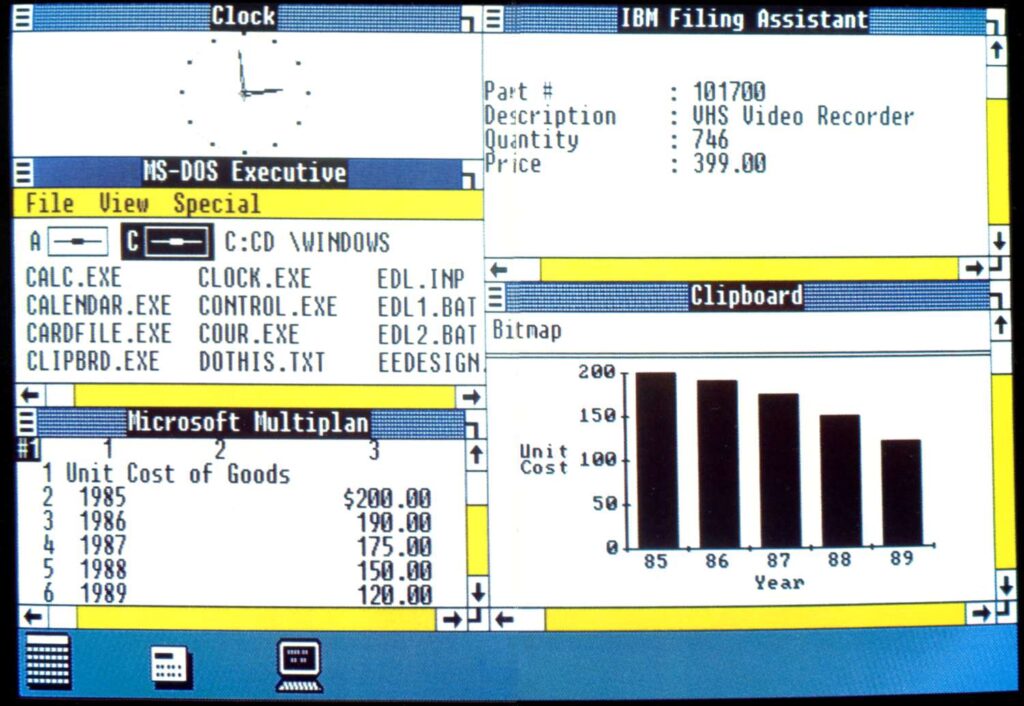In the realm of personal computing, an epochal event took place on November 20, 1985, with the launch of Windows 1.0 by Microsoft. This marked a significant leap in computing interfaces and laid the groundwork for the evolution of modern computing.
Background:
Before Windows, the interface for personal computers predominantly relied on command-line inputs. Windows 1.0 revolutionized this by introducing a graphical user interface (GUI) that allowed users to navigate through applications and features using a mouse.
The Release:
Upon its release, Windows 1.0 offered a range of applications, including the popular MS-DOS file management system, a calendar, notepad, paint, and a simple word processor. It provided an innovative platform for multitasking and easy accessibility, despite limitations in performance by today’s standards.
Impact:
While its initial success was modest, Windows 1.0 paved the way for a paradigm shift in computer interfaces, setting the stage for future Windows releases. This platform served as the foundation for subsequent versions, each integrating new features and functionalities that defined the era of modern personal computing.

Interesting Facts Section – For Tech Enthusiasts:
- Windows 1.0 offered a unique “tiling” system, allowing open applications to be tiled on the screen.
- The system requirements for Windows 1.0 were minimal by today’s standards: a 256 KB RAM and two floppy disk drives.
- The system’s limitations included memory restrictions and it did not allow overlapping windows.
Educational Activities – For Tech Enthusiasts:
- Compare and Contrast: Compare the user interface of Windows 1.0 with a modern Windows version, discussing the evolution of GUIs.
- Emulate Windows 1.0: Use emulators to experience the functionalities of Windows 1.0 and understand its limitations compared to current operating systems.
- Design a GUI: Encourage designing a simple graphical interface and discussing how the design choices impact user experience.
Conclusion:
The release of Windows 1.0 on November 20, 1985, set the stage for a technological revolution in personal computing. Despite its modest beginnings, this inaugural version laid the groundwork for the user-friendly and sophisticated systems we use today.
References:
- Microsoft History: Microsoft.com
- The Evolution of Windows Operating Systems: TechJunkie.com
- A Journey Through Windows: PCWorld.com







What do you think?
Show comments / Leave a comment